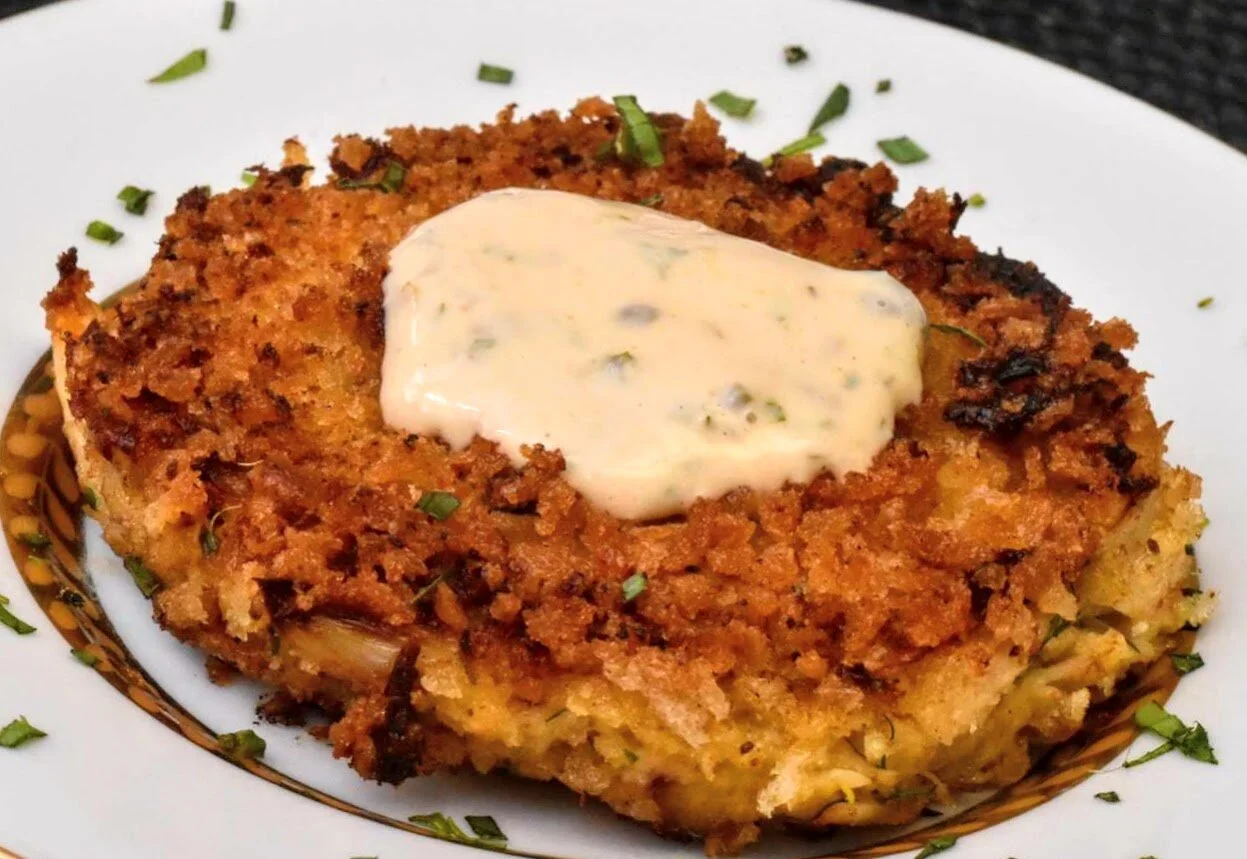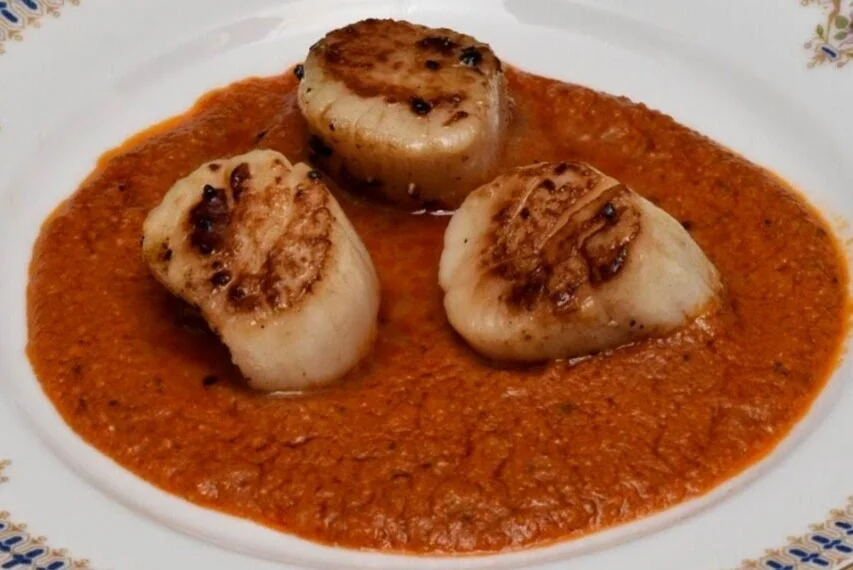Polenta Cakes →
What to do with leftover Creamy Parmesan Polenta? Turn it into delicious slightly crunchy-creamy Polenta Cakes. Simply take a handful, or scoop of the leftover polenta and make patties about 1/2-3/4 inch thick and pan-fry them on a hot griddle. A tribute to the versatility of polenta, you can make breakfast polenta cakes with an egg on top; cut the cakes into quarters and serve them as appetizers with toothpicks with a simple marinara for dipping, or create a first-course with the topping of your choice. As a main course with a green salad, these polenta cakes are delicious with shredded Beef Ragu as pictured. If you want to use the polenta cakes as a first course, you might want to make them thinner than ½ inch like the photo. Served as a starter, thin polenta cakes are perfect vehicles for creamy and savory toppings or serve them for a light lunch with a green salad. For a savory variation of the basic polenta, you could add a bay leaf or 1/4-1/2 teaspoon of thyme while cooking. For a saltier polenta, substitute Pecorino Romano, aged Gouda, or Gorgonzola for the Parmesan. Experiment and find the combination that you enjoy. Let your imagination be your guide.
1. Make the Polenta.
2. If you’re not using leftover polenta, line a baking dish with plastic wrap, or grease the sides of the dish with butter or olive oil.
3. Pour the freshly made hot polenta into a baking dish or sheet pan that will allow you to spread out the hot polenta to about 1/2-3/4 inch thickness. Spread the top evenly, allow to cool, cover with plastic wrap, and refrigerate until firm.
4. Slice into rectangles or squares, or cut into portions with a cookie/biscuit cutter. Pan-fry in a cast iron or non stick pan with a little olive oil until brown on both sides. (2-3 minutes on a hot skillet)





